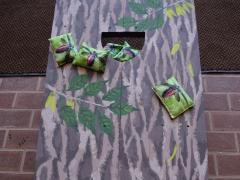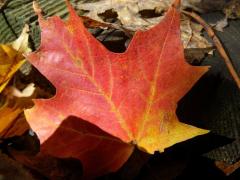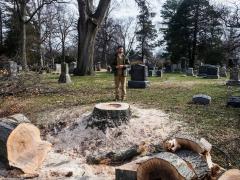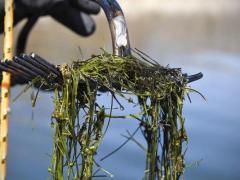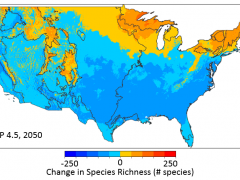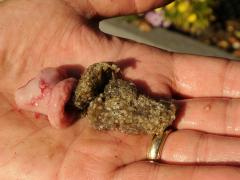Vermont Flower Show and VTinvasives
Having a little spring fever? You're not alone. The Vermont Invasives team has been dreaming about planting gardens and, naturally, invasive plant control. Join us at the Vermont Flower Show March 3-5. You can find information on invasive plants and forest pests while being surrounded by beautiful flowers. Attend our workshop on the emerald ash borer Sunday, March 5th at 2:00 pm. Learn more about our invasive plant coordinator and her display!
